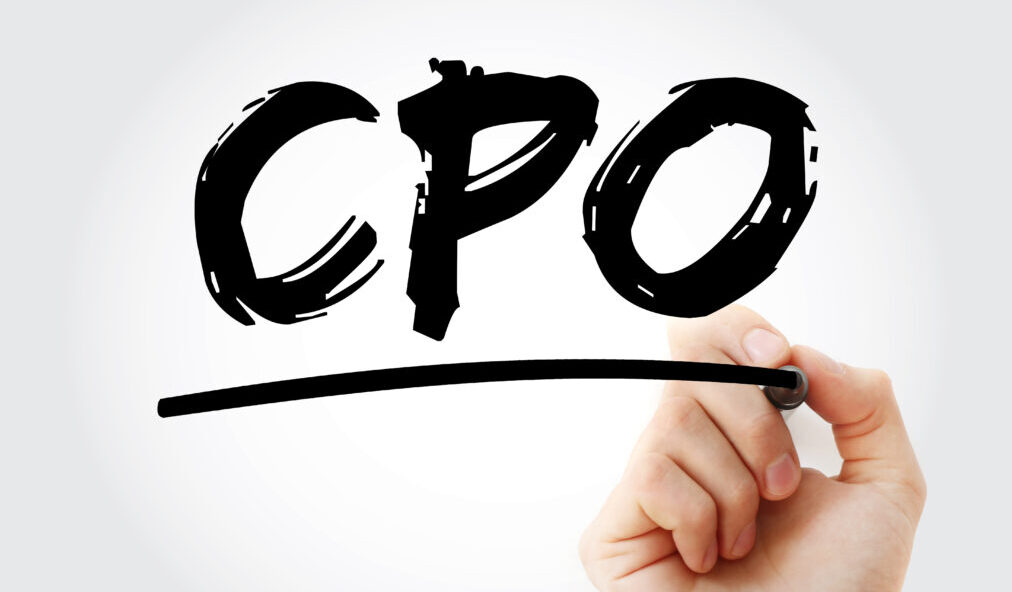The chief product officer (CPO) role in tech leadership oversees product strategy, development and release at scale. In today’s ever changing landscape, offering a product that stands out from the competition and perfectly meets demand is paramount, and can be the difference between customers staying with you, or losing interest. This article takes a closer look at what the CPO position entails in the tech sector.
Intuition and innovation
CPOs must keep up with the current product trends emerging in their business space, and look at how they can help the organisation exploit gaps in the market. This means staying aligned with customer needs, which are always changing.
“The pandemic and events of the past few years have greatly accelerated a trend in how customers use and buy products,” said Malte Scholz, CEO and CPO of airfocus.
“People expect products to be intuitive and innovative, and if they don’t get an exceptional product experience, they will just go elsewhere. This all falls under the remit of the CPO.”
Product-led growth
Recent research conducted by product management firm airfocus revealed that transitioning from sales-led to product-led growth was the main challenge for 40% of product managers and CPOs. But as innovation continues to be vital for a truly competitive edge, opportunities can be found in such a test.
Scholz went on to explain the importance of making this transition: “If an organisation can deliver a first-class product experience, it increases loyalty, reduces churn, and has a tangible impact on growth. The CPO has to oversee this transition to product-led growth.
“They must drive and bring together user acquisition, expansion, conversion, and retention using the product to do so. It requires the input of a broad set of stakeholders across the business and investment in the right product management tools to support the shift.
“Product-led growth models are the future for many enterprises, and product management, headed by a CPO, is how they will successfully transition to this model.”
People power: why 2022 will be the year of customer service
Collaboration on product strategy
The CPO role also involves strong, consistent collaboration with other members of the executive team such as the chief marketing officer (CMO) and chief customer officer (CCO). In some organisations, the CMO could end up taking over product-related duties that the CPO would oversee at other companies.
Daniel Bailey, vice-president, EMEA at Amplitude, commented: “In 2022, I expect to see significant changes to the C-suite due to the explosion of digital products and the data they provide. With this growth, a new, product-led CMO will enter, working closely with the emerging CCO and CPO roles to own the customer experience and its impact on the bottom line. In some cases, we may even see some of these roles combined.
“The companies that will win out in 2022 will be those who organise their marketing and customer-facing teams alongside the product team to create a common set of goals and alignment on company positioning and product strategy.”
Eradicating departmental silos
Just like members of the leadership team can’t stay boxed in solely with their own responsibilities, silos across the wider workforce must also be broken down.
“Silos occur when there are localised incentives, and they typically cause teams to focus on their own gains instead of the customer,” said Bala Kumar, CPO of Jumio.
“By establishing an organisational vision, we are providing teams with the reference framework to build out their respective objectives and measurable key results (OKRs) to align with the vision. The OKRs may be localised, but it is toward a common global vision.
“The teams will also have a sense of ownership since they crafted their OKRs. This will naturally foster an environment of collaboration, teams will nudge each other into a growth mindset and lead to the building of a strong culture.”
Find more insights from Bala Kumar, chief product officer at Jumio, on what it takes to be a successful CPO, here.
The CPO in cyber security
One sector in tech where the CPO role is prominent is cyber security. With cyber attacks constantly evolving and growing in impact, cyber security CPOs play a crucial part in keeping the organisation’s clients secure. Often, this calls for cutting-edge supporting technologies such as AI and secure access service edge (SASE).
“Working with technology that autonomously self-learns ‘on the job’ really changes the nature of the CPO role,” said Dave Palmer, co-founder and CPO at Darktrace.
“In cyber security, we see attack techniques change all the time – and traditionally this means urgent tactical development in response to new attacks diverts resources away from long-term product expansion. That is not the case for us, as we’re very fortunate that our self-learning technology means our products don’t have to change when attacks evolve.
“We have found that listening to customers’ underlying challenges is far more impactful than just asking them for feature ideas. Requests for interface changes are common, but importantly these signpost activities that humans are still having to do manually – we want our product to be autonomous for as much of a process as possible.
“A great example of this has been research and development into what became our AI Analyst. This is a product that can fully investigate what happened before, during and after an attack, then write it up in jargon-free sentences and paragraphs which can be instantly shared to teams or management. This frees up customer security teams to focus on managing risk instead of spending time driving a UI to gain insights.”







